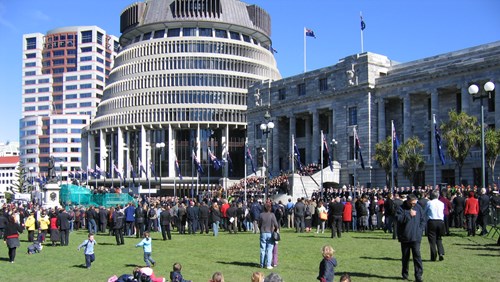
Supervision Gaps Linked to Child Abuse: Solutions Needed
The horrific allegations of child abuse by an early childhood educator in Victoria came to light at a time when the early learning sector was already under fire for previous abuse revelations and safety breaches.
Parents of young children in early learning services have good reason to be concerned, and it’s important to understand the way learning environments and grooming behaviours interfere with supervision.
In March this year, an ABC Four Corners investigation revealed a rising number of breaches and safety concerns in Australian early childhood services.
Recently, in Queensland, a paedophile was allowed to keep abusing children in services for years because agencies didn’t share complaints about an educator’s sexually abusive behaviour.
In Australia , 50.4% of children aged five and under, and 35.3% of children aged 12 and under use approved care services such as daycare or after-school care. That’s more than 1.4 million children from more than a million families.
The vast majority of services and educators are doing an excellent job of educating and caring for our children.
But due to the recent spate of incidents, many parents have raised important questions about the level of supervision of children, and how acts of abuse can occur in busy services where there are a large number of people.
There are national standards, laws and regulations about ratios applicable to services in all states and territories, with some very minor variations.
The ratios between educators and children depend on the type of service and the age of the children. Babies up to 24 months need one educator for every four children. For 24-36 months, this generally increases to one educator for every five children.
Preschoolers (3-5 years) require one educator for up to 11 children.
According to government regulations, children should not be alone with educators.
But challenges to active supervision include:
Grooming interferes with effective supervision in early childhood services.
Abusers of children make the child feel special by giving them special presents, treats and sharing secrets with them. The child then feels cherished, seeking out the abuser.
Using a variety of tactics, they usually isolate the child from those they are closest to, meaning they are less likely to disclose abuse.
Abusers groom not only children but also parents, other educators and management. During this process, they are building trust and dependence.
Children who are being groomed seek out the abuser, which means the child looks happy spending time with the adult, which seems innocent to those supervising.
While some improvements have been made, much more needs to happen to fix the long-neglected issues that allow abuse in early learning settings.
Attracting more staff is a starting point, with more than 20,000 educators needed in Australia. This may require equal pay to school teachers with the same qualifications, and an overall improvement in wages.
And the status of early childhood educators needs to be lifted within the community.
Effective child protection training is also needed for educators that covers grooming behaviours.
Additionally, parents need training on these behaviours and how to recognise signs their child might be being abused .
Children need to learn ways to protect themselves from harm. They need to know what to do if someone asks them to keep secrets (different to surprises), pressures them to do something they don’t want to do, or uses threats.
Overall, we need agencies responsible for child protection within and between states and territories to talk to each other and systems that work together to keep our children safe.
If this story has raised any issues for you, please contact one of the services below:
Marg Rogers received Commonwealth funding for her postdoctoral fellowship with the Manna Institute.


